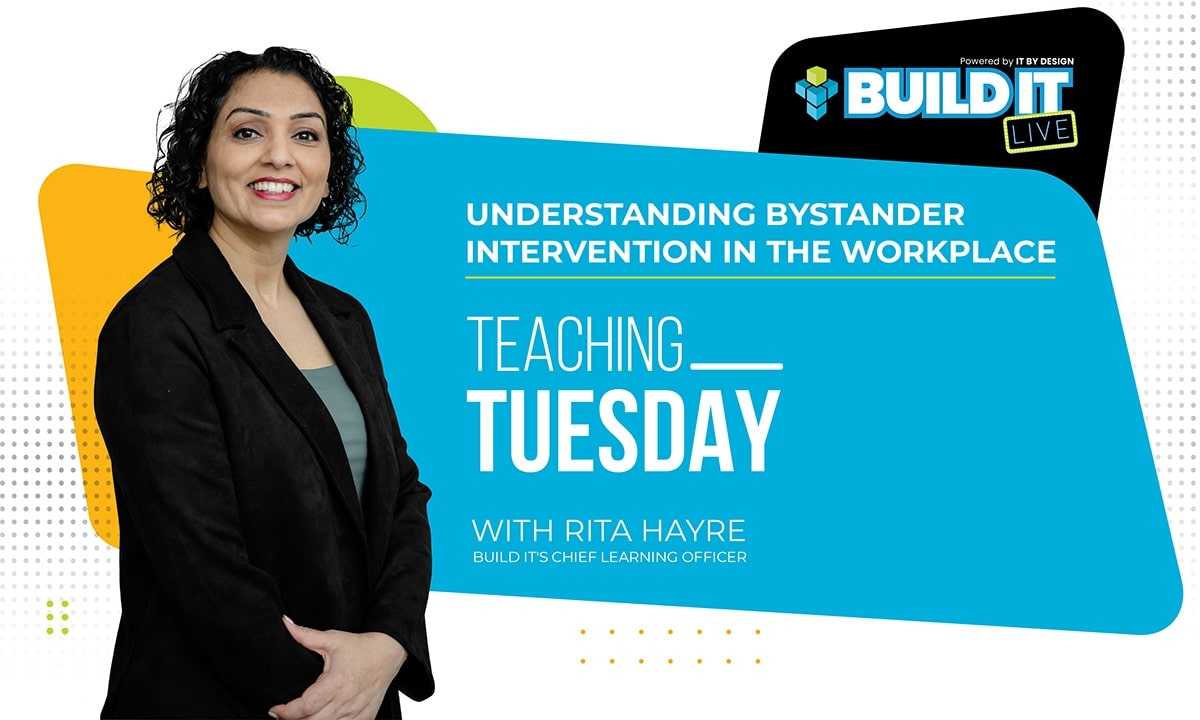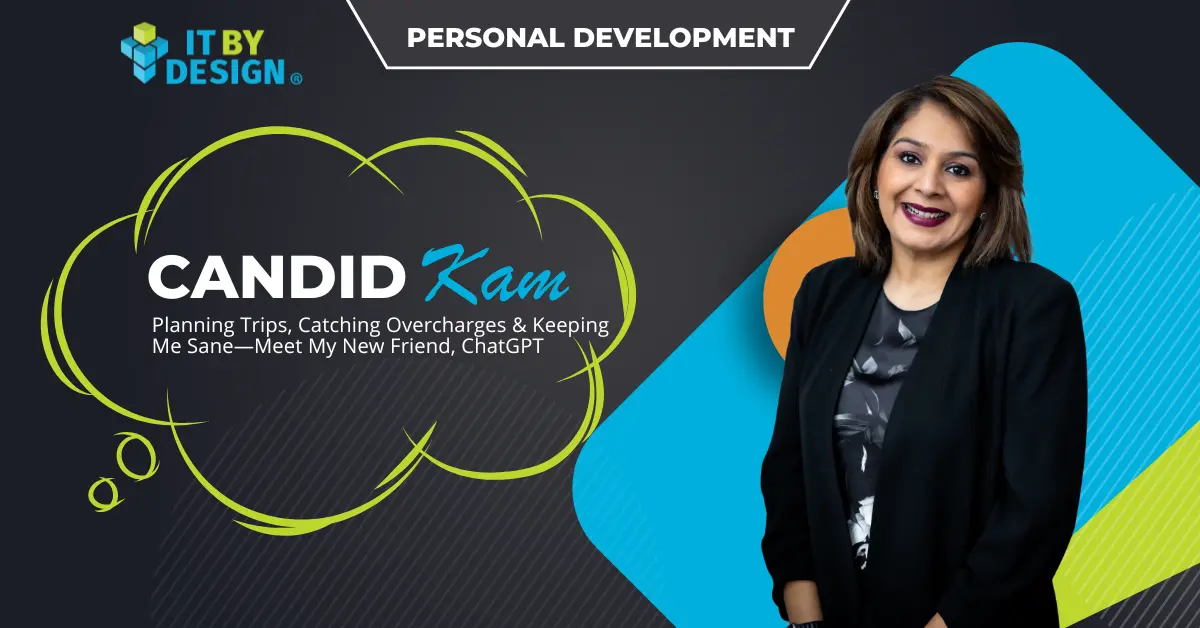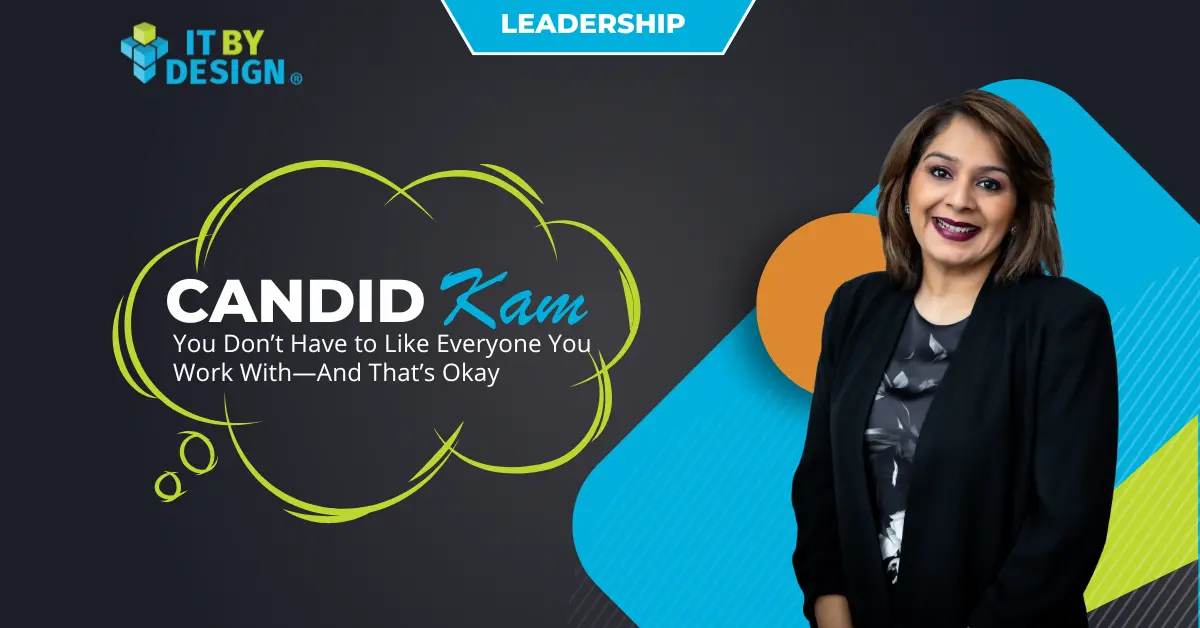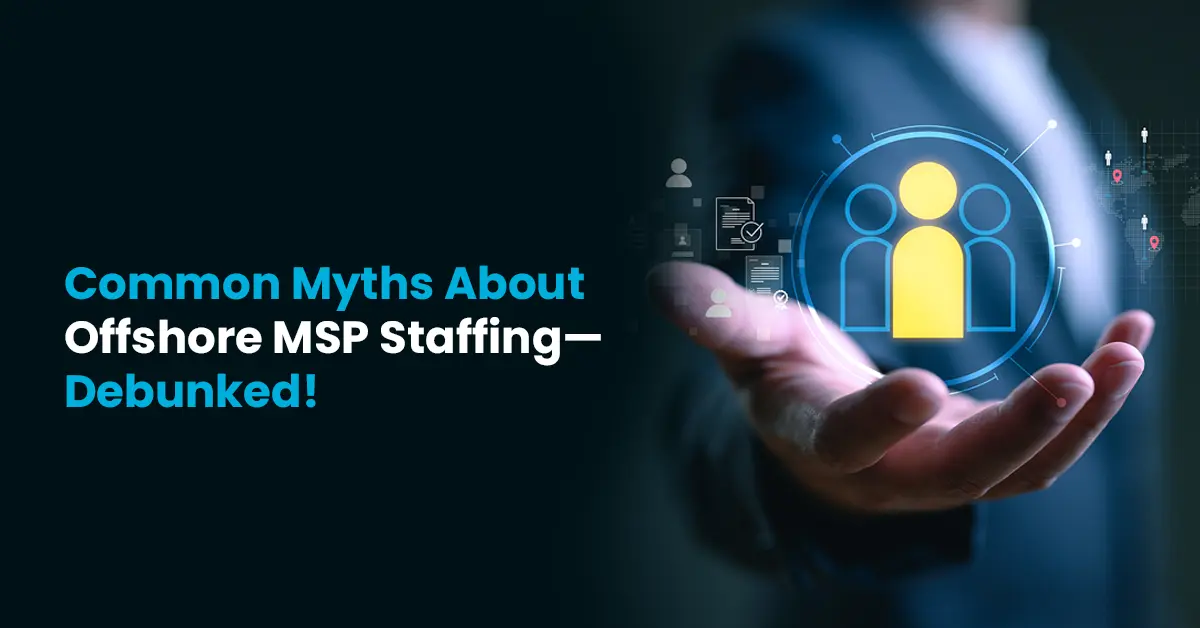We’ve talked about the importance of inclusion for employees in the workplace so people can be their authentic selves. We know inclusion is impacted by an employee’s relationships and interactions with all levels of the organization: 1. The organization at a system level, 2. The organization’s leadership, and 3. The peers and colleagues within each department. What happens when an instance of discrimination or misconduct occurs? It impacts the entire organization. Not only does the specific employee suffer from the incident, but the bystanders who saw or heard the instance are conflicted as well. This can have a negative impact on your organization’s engagement and subsequent productivity.
Who is a bystander?
The dictionary defines the term bystander as someone who is seeing or hearing something happen but is not taking part in the incident. So many offices have converted to an open space concept, so anyone who can see or hear an exchange between colleagues is a bystander.
What is bystander intervention?
Bystander intervention is a model that identifies the likelihood of people actively addressing a situation they deem problematic or destructive. People who take action are referred to as active bystanders or upstanders.
In the workplace, there can be many instances of problematic or destructive behaviors where a bystander may need to speak up:
- Rude, inconsiderate, or unprofessional behavior
- Harassment or inappropriate advances
- Inappropriate or offensive humor
- Unfair or discriminatory behavior
- Meanness or bullying
- Violation of ethical standards
- Threats of retaliation or retribution
How does a bystander know when to intervene?
There are five basic steps for bystanders to assess if they should intervene:
- Notice the situation: Be aware of what is happening around you.
- Interpret the situation as a problem: Do you see/hear that someone needs help or is being threatened?
- Assume personal responsibility: See yourself as part of the solution. If not you, then who?
- Know how to help: Educate yourself on what you can do in the situation, while ensuring to not put yourself in harm’s way.
- Step up!: Act to intervene in the situation.
What can a bystander do to intervene?
The strategies that bystanders can use to intervene are referred to as the 6 Ds:
- Direct: Be direct in calling out the perpetrator and their inappropriate behavior.
- Distract/Disrupt: Try to take the attention away from the situation or creating a diversion, by asking innocent questions or some other actions, comments, or requests.
- Delay: If the bystander does not feel safe to intervene in the moment, they can connect with the affected person afterwards to offer their support. The bystander may also talk privately with the perpetrator afterwards to let them know that their actions / behaviors were inappropriate.
- Delegate: Get help. If you’re not able to help, find someone who can: a supervisor, manager, or other leader.
- Disapproval: Make it known to the perpetrator that you do not approve of their comments/behaviors by way of non-verbal communication: shaking your head, frowning, or turning away.
- Document: Make sure that you are notifying the appropriate people after the fact, about what you saw and heard.
Why do bystanders hesitate to act?
There are five general reasons that bystanders give for why they didn’t intervene, and most involve fear.
- Fear of losing relationships: with the problem person or with others who may disapprove of action.
- Fear of retaliation: especially if the perpetrator has more power or influence.
- Fear of embarrassment: if they are uncertain about what to do, or how to intervene.
- Fear of retribution/retaliation: if other people don’t believe them or start viewing them as troublemakers.
- Belief that someone else is more competent to act: Expecting that someone else with more authority and expertise will take action.
In situations that are problematic or destructive, there is almost always a bystander who has the potential to intervene and impact change in the situation, if they Step Up!








